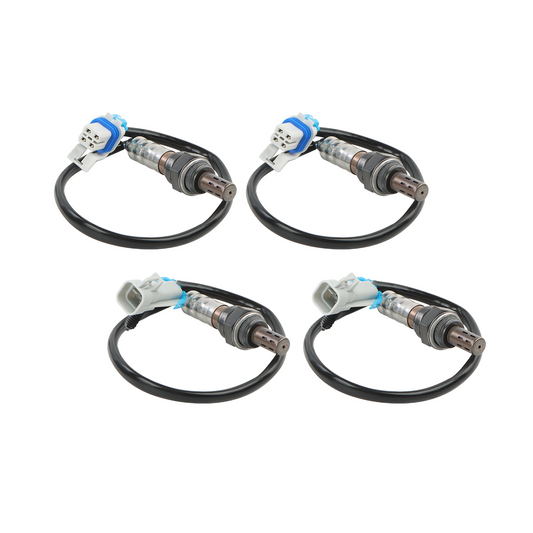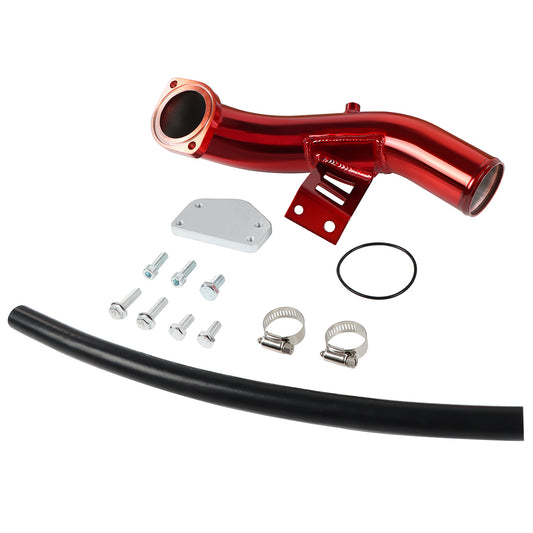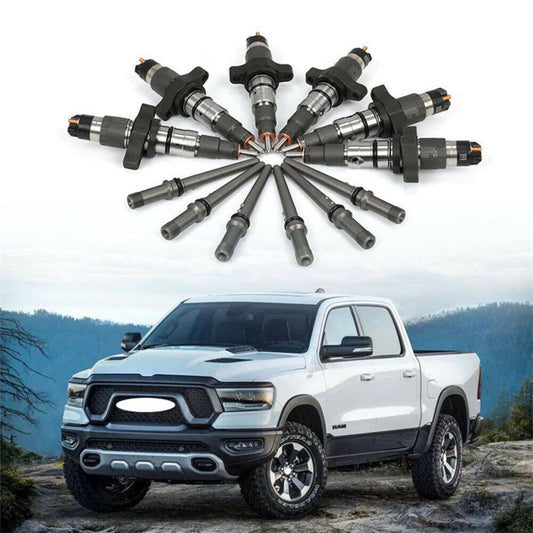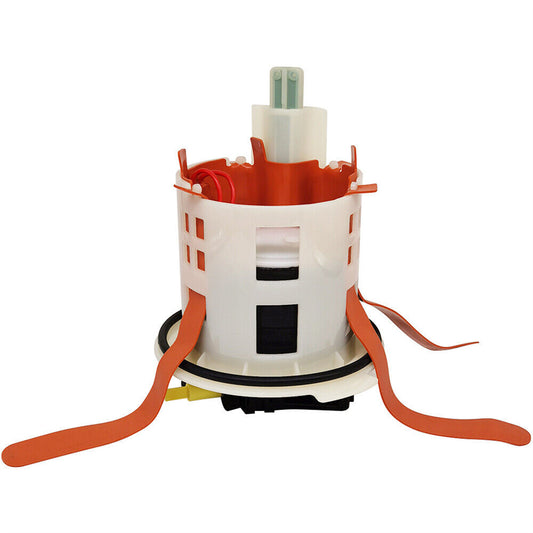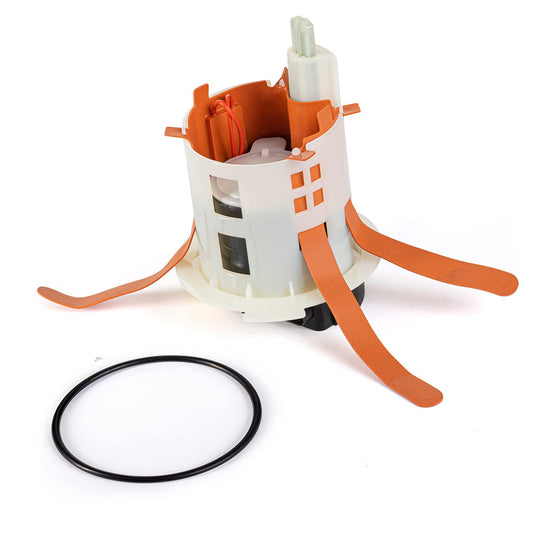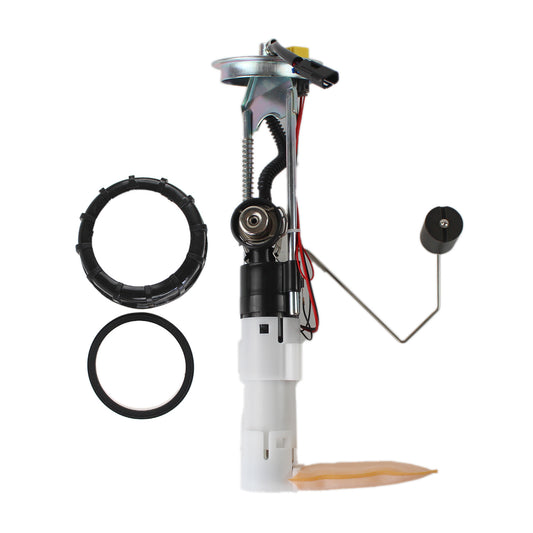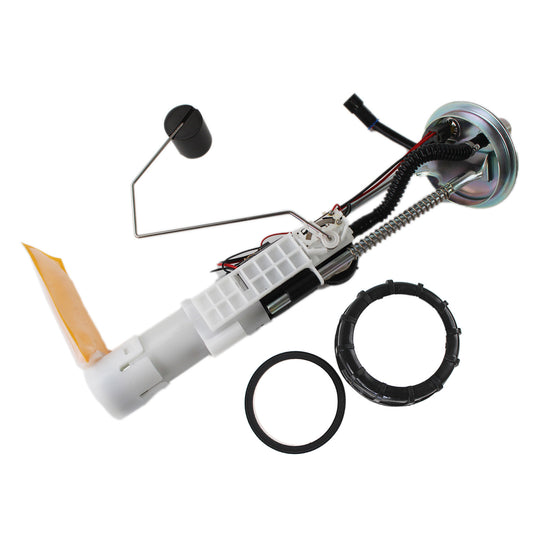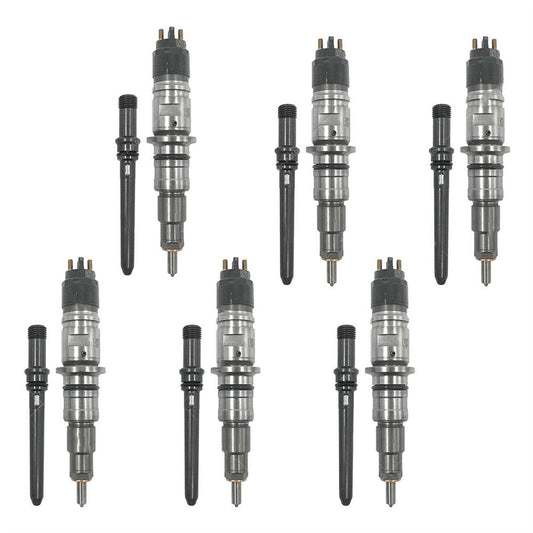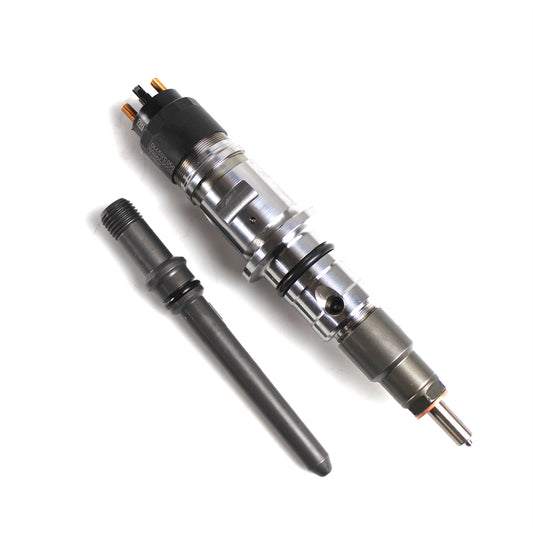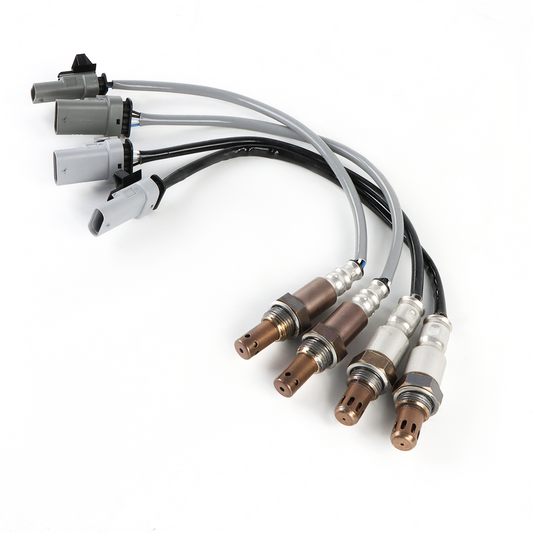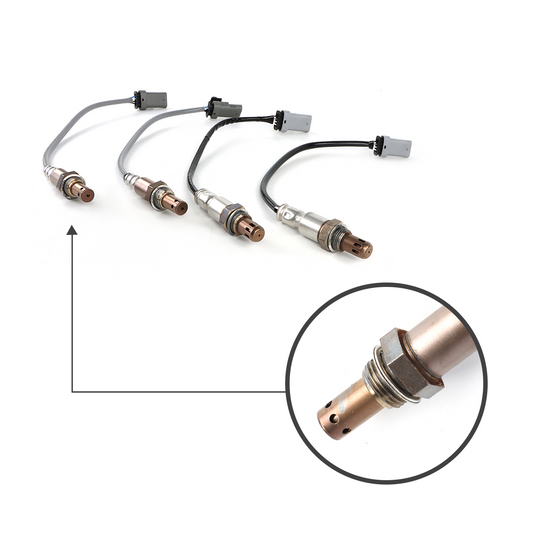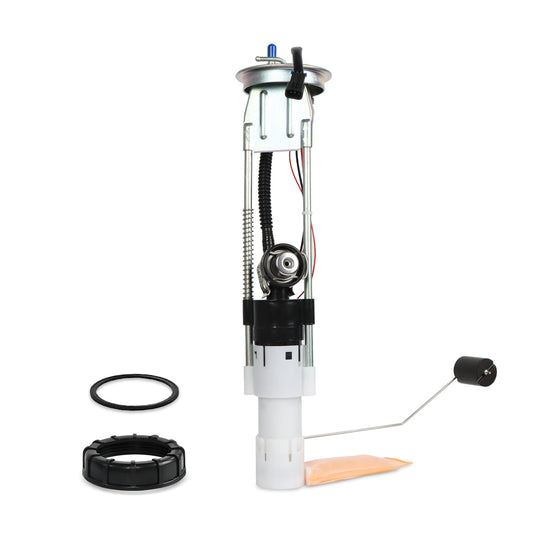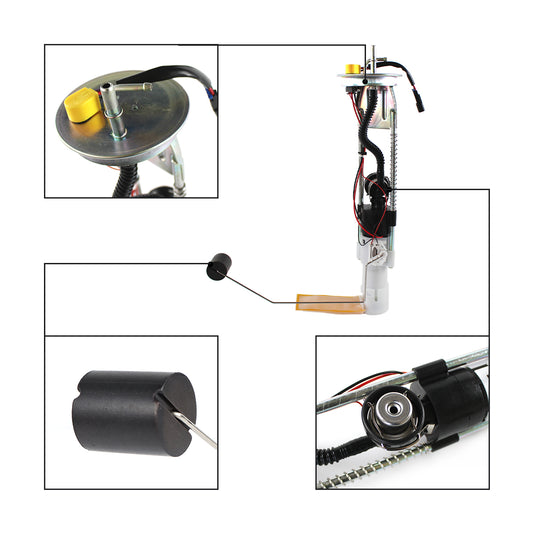How to Check and Replace a Fuel Injector?
The fuel injector is an integral part of the engine. It's responsible for delivering a precise amount of fuel to the engine's cylinders so it can burn properly and efficiently. Fuel injectors are considered a wear-and-tear item, meaning they will eventually need to be replaced at some point in time. The identifying features that most people look for when diagnosing a problem with a fuel injector are poor fuel economy, rough idle, and engine misfires. The purpose of this article is to explain how to check and replace a fuel injector.
Common symptoms of faulty fuel injector
To check that the car isn't suffering from an air leak inside the fuel system, which could be causing the bad gas mileage, make sure it can run strongly on a full gas tank. Then turn off the vehicle and perform a visual inspection. Most owners will notice that their car is idle and won't want to rev at all. If you see a build-up of old gas in the fuel or a build-up of carbon on the injector tip, the problem is most likely in the fuel injector.
Checking a Fuel Injector
You'll need to check your fuel injectors if you see any of the following symptoms:
- Poor Fuel Economy
- Engine Misfires, especially under load (e.g. climbing a hill)
- Rough Idle, especially when cold (this could also be caused by a vacuum leak or air intake problem)
You can use various methods to test your fuel injectors, including a multimeter, a spray bottle tester, or even listening to clicking sounds. However, a fuel injector tester is the most accurate way to test your injectors. It's important to remember that if you take your car for a dyno test or have it tuned, there is a chance that some of the sensors on the engine may get damaged or blown out. This could lead to inaccurate results and be dangerous for you and your car.
How to use a Fuel Injector Tester to diagnose a faulty injector
Step 1: Connect the tester probes to the injector
Connect the red probe to a fuel injector, and connect the blue probe to a convenient ground point on your engine. Then activate the tester by turning it on until the LED lights up.

Step 2: Increase RPMs so that you can see how surging works (if any)
Increase engine RPM so you can see how surging works in your car. If you don't have any surging problems, ensure the injector isn't leaking.
Step 3: Check the results of surging and injector pulse width
You will see 2 readings: one is pulse width, and another is surging. The main thing to look for here is the pulse width reading; it should be approximately 800-900 milli-seconds in no fuel flow mode.
Step 4: Check the results of injectors with no fuel flow
This step is to make sure that all of the injectors are working properly. After you check the pulse width readings, turn off the tester and disconnect both probes. Then turn on the tester and set it to a no fuel flow setting. If injectors don't work as expected, you will have to replace them as soon as possible.
Alternative ways to test fuel injectors
1. Using a multimeter
The multimeter measures voltage, resistance, and current. With this in mind, you will be able to check the output of the injectors and ensure they are working properly. If you don't find any fuel leaks and your injectors aren't surging, then you can use a multimeter to test their functionality. To do this, turn on the ignition and wait until all the lights light up. Then connect the multimeter probes to the fuel injector connectors. You will be checking if they are outputting voltage or not. However, unlike a fuel injector tester, you won't be able to know exactly how much voltage is being outputted by your injectors.
2. Using a spray bottle tester
The spray bottle tester provides the same results as a multimeter and can check how much voltage is going into or out of the injector. However, it does have one major disadvantage, which is that it's very hard to use this device for troubleshooting. The tester needs to be calibrated with petrol and then sprayed with the booster, mixture, and anti-knock plug solution on top of the calibration. The device must also be re-calibrated every time you use different fuels.
3. Listening for clicks
The easiest way to test a fuel injector is by listening to a clicking sound. Start the car and listen closely at idle. If you hear any clicking sound (knocking), the fuel injector is bad and needs to be replaced immediately. However, if you don't hear anything, then ignore this step and go ahead with your normal workup process.
Removing a Fuel Injector
Removing fuel injectors is typically a straightforward process that requires basic tools and simple steps. However, it is important to work in a well-ventilated area to avoid inhaling fumes. Additionally, wearing safety glasses while removing the injectors can help prevent any small parts from falling into your eyes.

Tools & equipment required
To remove an injector, you should follow these steps:
- Disconnect the battery: Before starting any work on the fuel system, it is important to disconnect the battery to avoid any risk of electrical shock.
- Relieve fuel pressure: Remove the fuel pump fuse or relay and start the engine until it stalls to relieve any remaining fuel pressure in the system.
- Remove the fuel rail: Remove the bolts or clips that secure the fuel rail to the engine and gently lift it off the injectors. Be careful not to damage the fuel lines or electrical connectors.
- Disconnect the electrical connector: Using a small flathead screwdriver or a connector release tool, carefully detach the electrical connector from the injector. Be careful not to damage the connector or wiring.
- Remove the injector retaining clip: Some injectors may have a retaining clip that secures them to the fuel rail. Remove the clip using a pair of pliers or a clip removal tool.
- Remove the injector: Gently twist and pull the injector out of the fuel rail and engine. Be careful not to damage the injector or surrounding components.
- Clean and inspect the injector: Once the injector is removed, inspect it for signs of damage, wear or blockage. Clean it thoroughly using a suitable cleaning solution and a soft brush.
Installing a New Fuel Injector
After you remove your old fuel injector using the above steps, you will have to replace it with your new injector. It is crucial to always use high-quality auto parts from a reputable supplier, such as Daysyore, to ensure optimal performance and durability for your vehicle. Installing a new fuel injector is much more important than you may think. Remember that the fuel injectors are precision devices, so they need to be put back in place exactly as they were before. If you fail to do this, you will have faulty results.
Unplug the connector before installing a new injector.First, press downthe fuel injector to ensure it and the clip are firmly in their seats. If they are not firmly seated, you'll have to readjust them again.
Testing the New Fuel Injector (using a fuel injector tester)
Follow the steps listed below to test your new fuel injectors.
- First, connect your tester to the newly installed fuel injector connector. Then, turn on the engine and ensure that your tester is properly calibrated with petrol. Use high-octane fuel for testing purposes.
- Turn on the ignition and press the test button until you see the pulse width reading you are looking for.
- Unscrew the spark plug to check if leaks are on the intake manifold gasket or spark plug connector.
- If there are no apparent problems, screw your new fuel injector back in and retest your fuel injectors to see the difference in their pulse widths. If you experience any issues, replace your new fuel injector with an identical one.
Conclusion
You have successfully replaced your fuel injector with a new one. The new one will work properly, and you can use your car without any problem. If not, then readjust it again until it is working normally again. It is common today to have many electronic devices in our cars. We do everything we can to ensure that this equipment operates at optimum levels. But the truth is, sometimes these items do malfunction. Therefore, we must test them regularly to make sure everything is functioning properly and as it should be. In the case of fuel injectors, you should be testing them at least once every year to ensure there are no problems with them.


